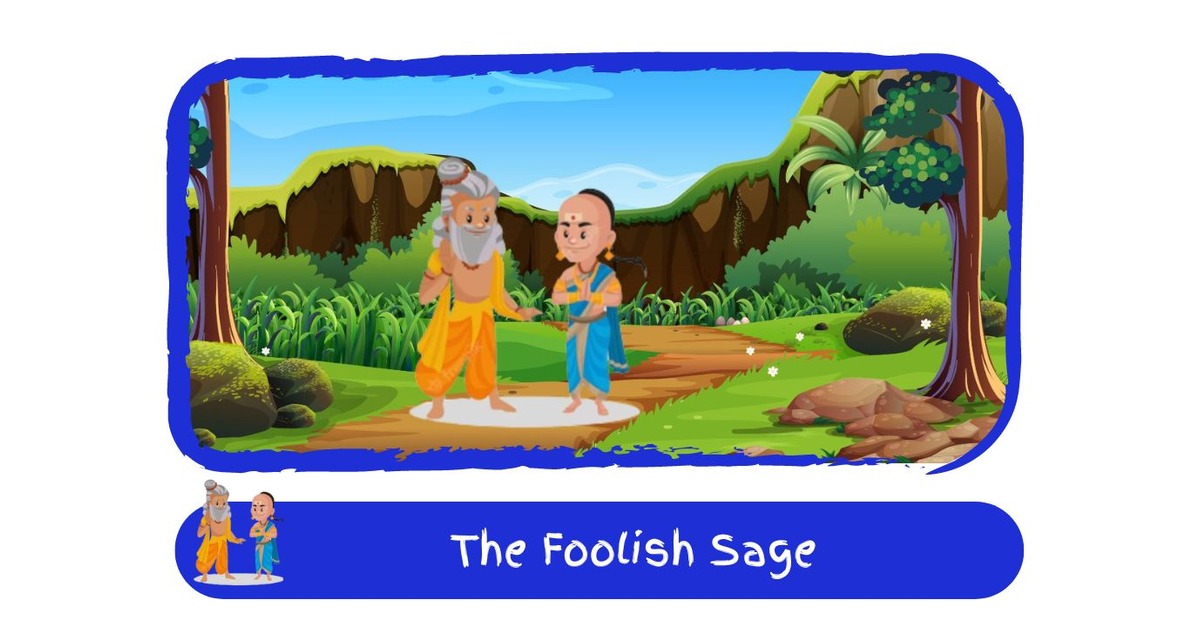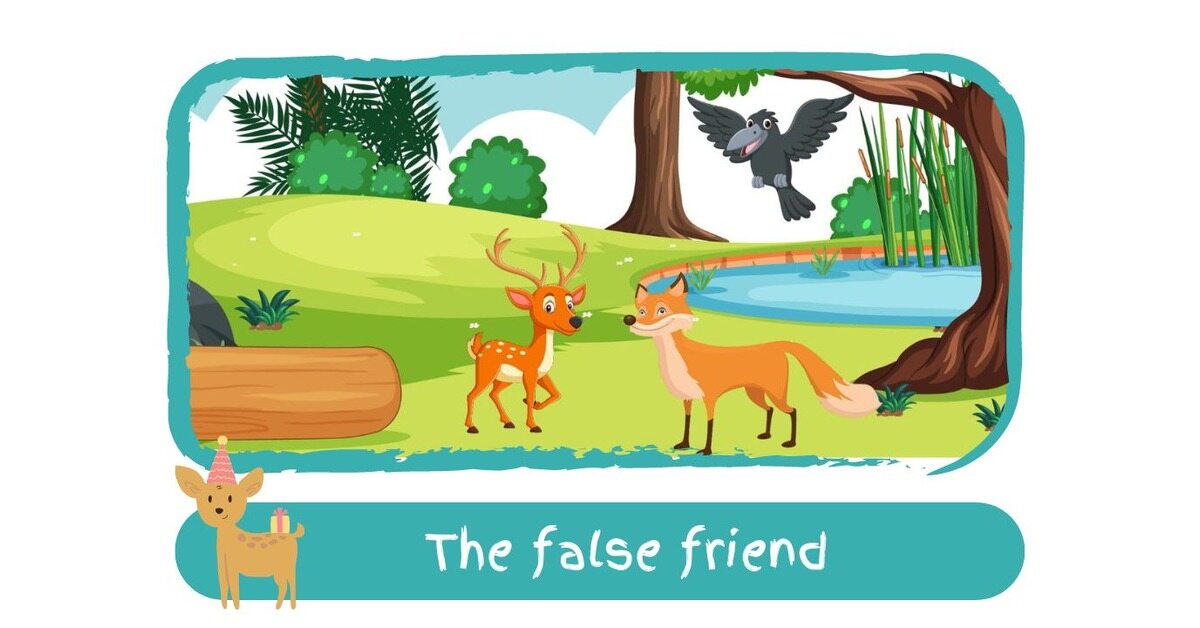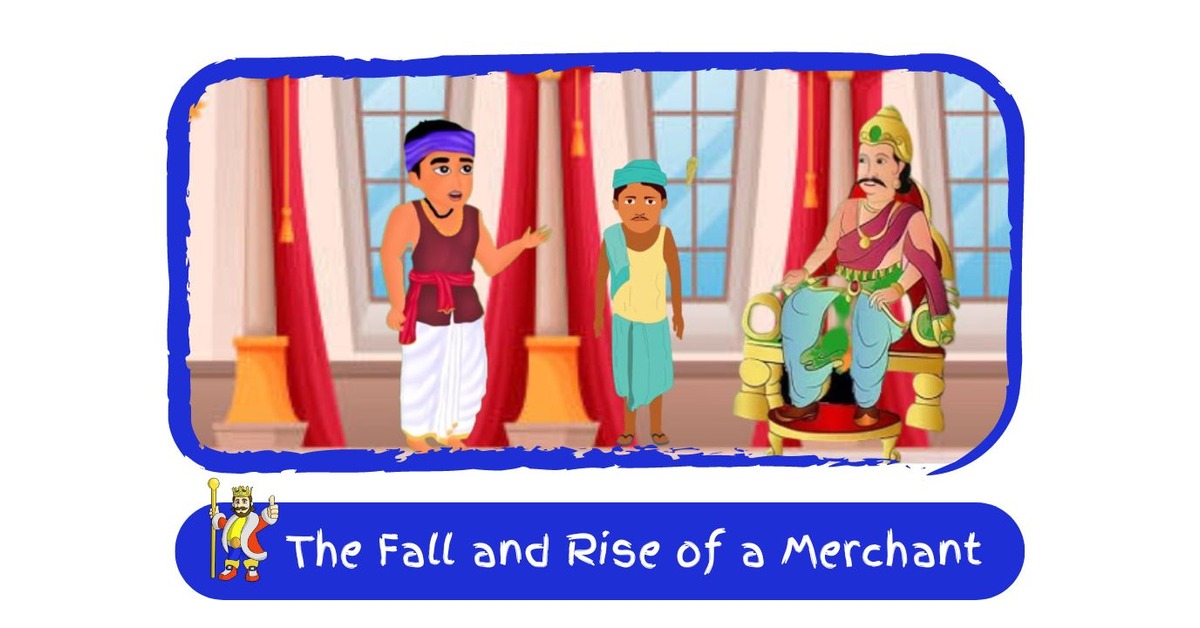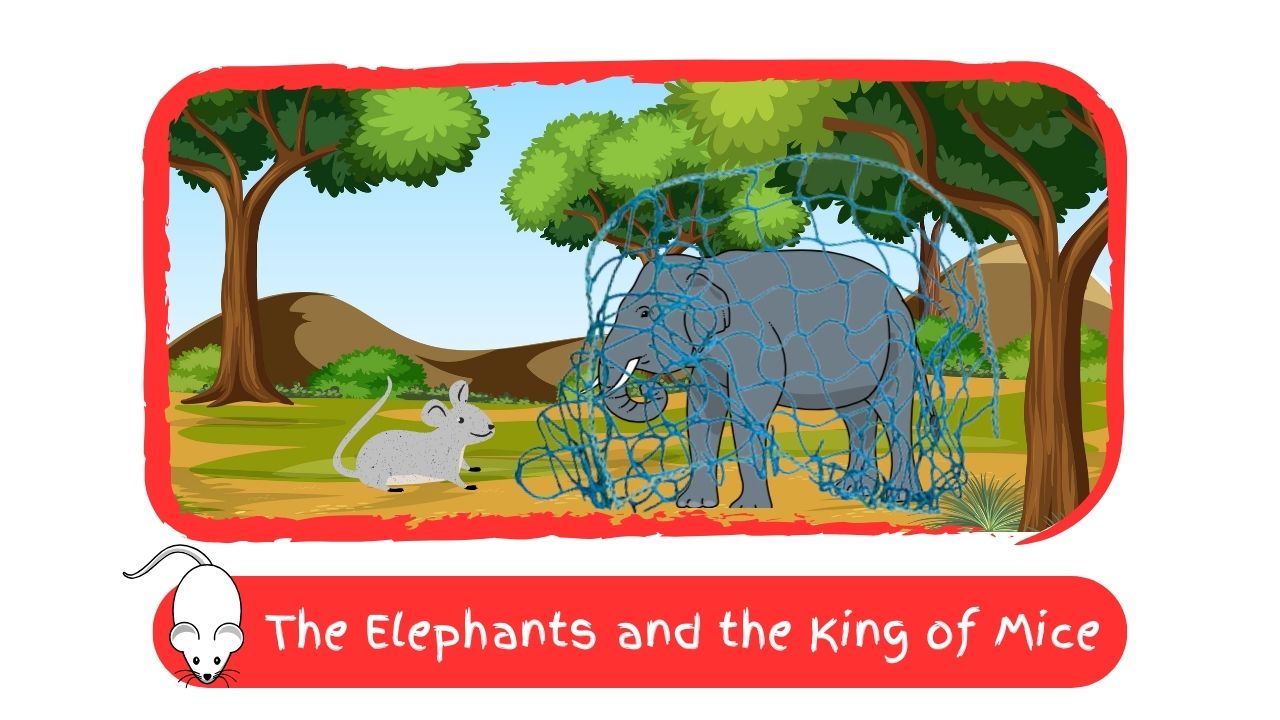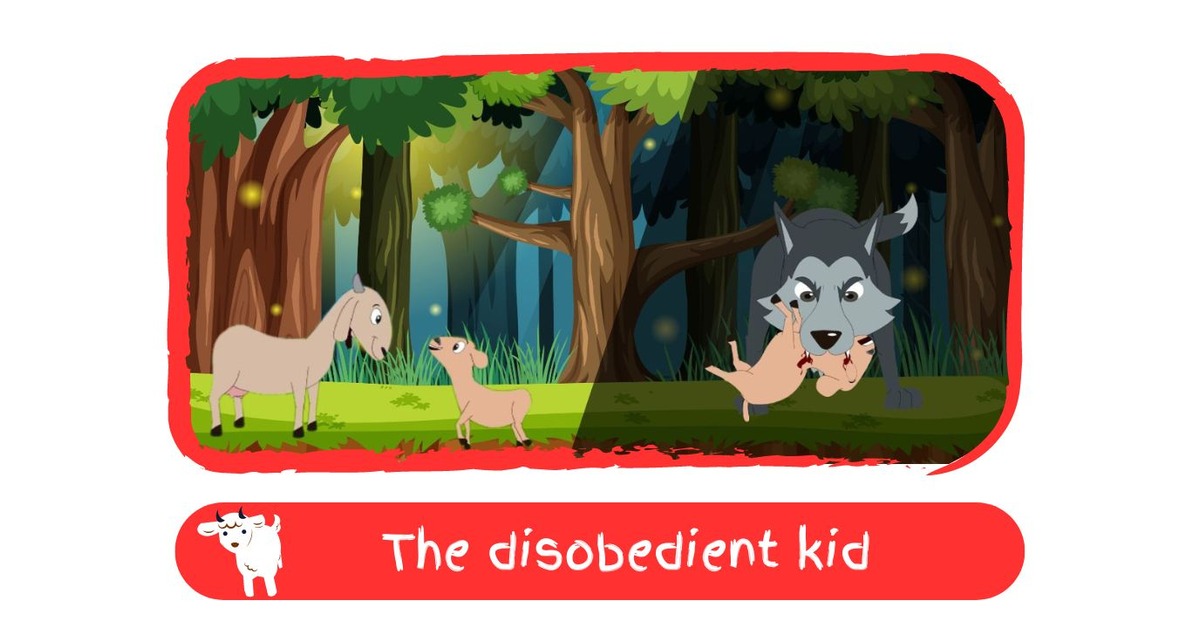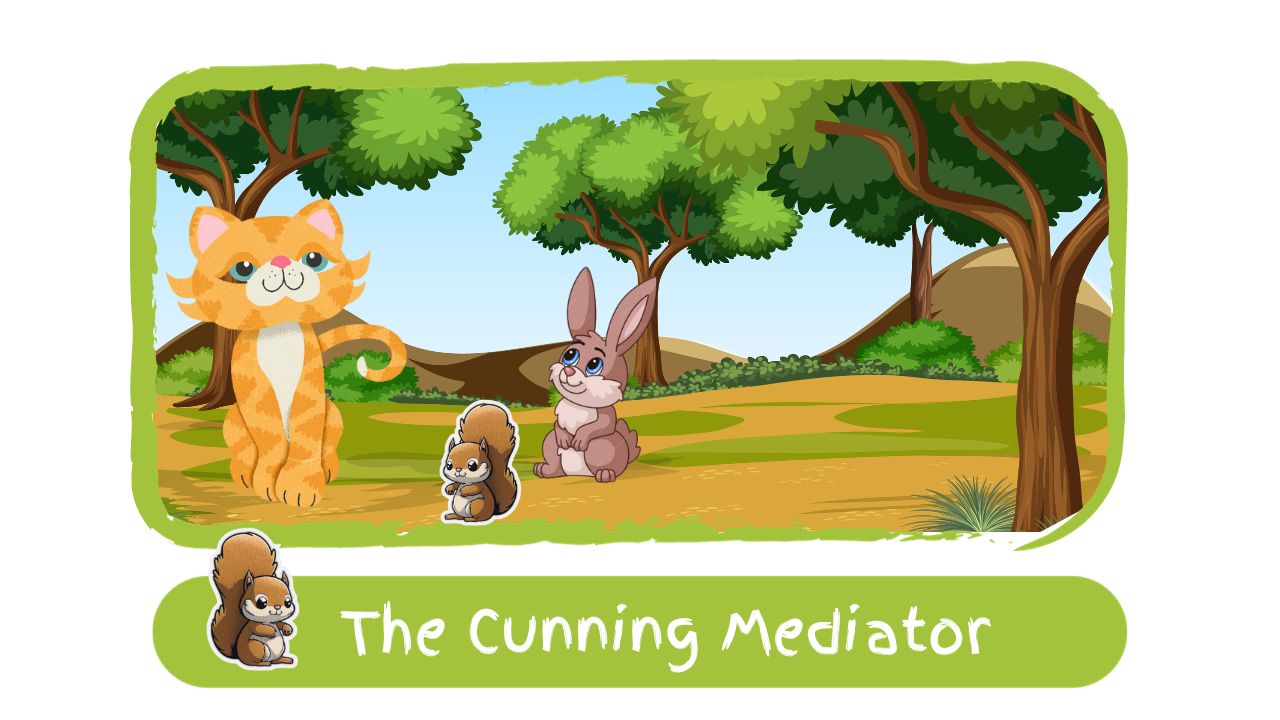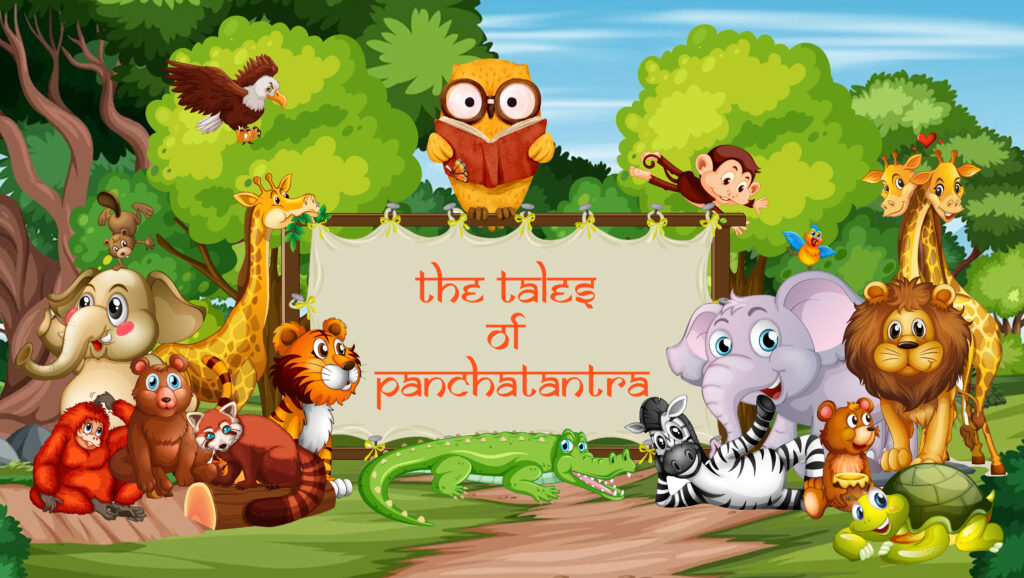
The Tales of Panchatantra
Timeless Wisdom and Lessons from the Ancient Indian Fables
The Stories that never get old and stories that shaped life of millions of people
The Panchatantra is a book that was written a long time ago in a language called Sanskrit. A wise man named Pandit Vishnu Sharma probably wrote it about 200 years before Jesus was born. Some of them are even older than that!
These stories came from a time called the Rig-Veda and Upanishads, which was about 1500 years before Jesus was born. Some people who know a lot about languages think that the Panchatantra is the oldest book of stories origin from India and are still have today.
A long time ago, people used to travel to different places and they took the stories from the Panchatantra with them. They went to places like Persia and Arabia, and then through Greece, they eventually reached Europe. People think that the stories were written in Pahlavi language in Iran about 1,500 years ago, and then aftrer an Arabic version was written about 1,200 years ago. Later, in Greece, the stories were translated around 1,000 years ago into Greek language. Therefore, few of of the stories are familiar to the people in the Western part of the world. Nowadays, the Panchatantra has been translated into more than 50 languages all over the world.
The gypsies, who originally came from India, also helped to share these stories in Europe.
The Panchatantra is related to a type of knowledge that the Indians call ‘Nitishastra’. This means ‘A book of wise conduct in life’ in Sanskrit. It tries to teach us many things. For example, how to understand people around us, how to choose good friends to whome we can trust, how to resolve issues and problems wisely, and how to live in peace and harmony even when there are difficult situations around us such as lying and cheating.
The Panchatantra is based on a story about a king who wants his three not-so-smart sons to become wise. So, he asks a wise man named Pandit Vishnu Sharma to teach them within six months. The wise man agrees and takes the three sons to his house called an ‘ashrama’. There, he tells them his special stories that he wrote himself. He has five groups of stories called ‘tantras’ (in Sanskrit, ‘pancha’ means five, and ‘tantra’ means systems or parts) that teach us how to deal with people in life.
The author’s language is very beautiful and fancy. The story is told in regular sentences, but when the author wants to talk about a big idea or lesson, they use a special kind of writing called ‘verse’. Sometimes they also use wise sayings that are written in verse. These sayings either sum up what happened in the story or get us ready for the next one.
The author makes his important lessons easier to swallow by wrapping them up in fun stories. The author nerrated one story, and then within that story, there’s another storries, and so on. This keeps us curious and excited to read what happens next. In the diffrent stories, the characters are always changing, but they shares the same feelings and qualities such as love and hate, kindness and cleverness, bravery and cowardice, and generosity and meanness. Each story teaches us a lesson that is still true even today’s world.
The Panchatantra is a special book because it talks about many different things like philosophy, psychology, politics, music, astronomy, and how to get along with people. The stories are written in in easy to understand language. The author, Pandit Vishnu Sharma, wanted to teach the princes as much as he could, so he put all of these ideas together in one book. For over 2,200 years, millions of people who have read or listened to these Panchatantra stories have learned from it.
This book was written for adults, but children also enjoy it if someone helps them understand. It is full of India’s wise ideas about life – like a fountain of sweet liquid called nectar.
Basically, the Tales of Panchatantra are devided in five volumes as follows:
- Conflict amongst friends or Losing Friends (Mitra-bheda) – This part consists of collection of stories regarding losing friends.
- Winning or Gaining of friends (Mitra-laabha) – This part consists of collection of stories regarding winning friends.
- Crows and owls (Kākolūkīyam) – This part consists of collection of stories regarding war and peace.
- The forfeit of profits (Labdhapraṇāśam) – This part consists of collection of stories regarding losing what you have gained.
- Action without due consideration (Aparīkṣitakārakaṃ) – This part consists of collection of stories regarding taking actions without thinking of actions’s consequences.
